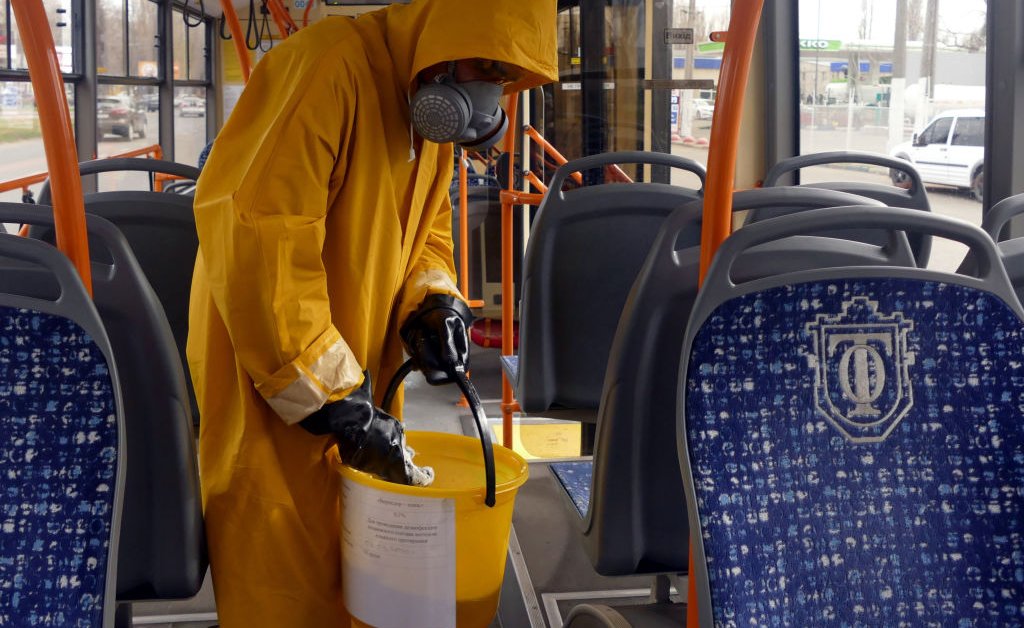Celebrim
Legend
Interesting article on why the higher morality rates are probably wrong.

The WHO Estimated COVID-19 Mortality at 3.4%. That Doesn't Tell the Whole Story
Why the real number may be much lowertime.com
Yes, well that article is wrong. There is a ton of reasons why, but one big clue is they don't understand the difference between mortality rate and transient case fatality ratio, and so they say really stupid things like:
"The mortality rate in South Korea, where more than 1,100 tests have been administered per million residents, comes out to just 0.6%, for example."
No, at the time they wrote that the mortality rate in South Korea - defined by the number of deaths divided by the number of closed cases (deaths + recoveries) stood at like 24%. The number they use there, the infamous "0.6%" quote represented the transient case fatality ratio. CFR is useful for determining whether you have found most of the cases that exist, but has nothing to do at all with how many people will die. The easiest way to realize that is to realize that if you have a CFR of like "0.6%" but you still have 7000 people who are sick, then actually "0.6%" represents the absolute floor possible of your mortality rate since it is based on the unspoken assumption that all 7000 people who are still sick will not die.
Not surprisingly, South Koreas transient CFR has been rising steadily all through the period were people were using the number to claim - without a shred of epidemiological training and no understanding what they were saying - that the overall mortality rate is low.
Let's get this settled on this thread once and for all. The observed mortality rate globally is not 3.4% - right now it's 7.2%. The 3.4% number builds into it an assumption that many mild cases don't get counted to the total. Right now, to get to 3.4% you more or less have to assume about half the cases are so mild they don't get counted. If that assumption is wrong, then it's highly possible Covid-19 is more deadly than is being reported. 3.4% is not a sensational number based on hype. I'd calculated 3.6% 10 days before WHO came out with their estimate. 3.4% is a low ball let's not start a panic number.
Last edited:
